June 26, 2025 | 13:55 GMT +7
June 26, 2025 | 13:55 GMT +7
Hotline: 0913.378.918
June 26, 2025 | 13:55 GMT +7
Hotline: 0913.378.918
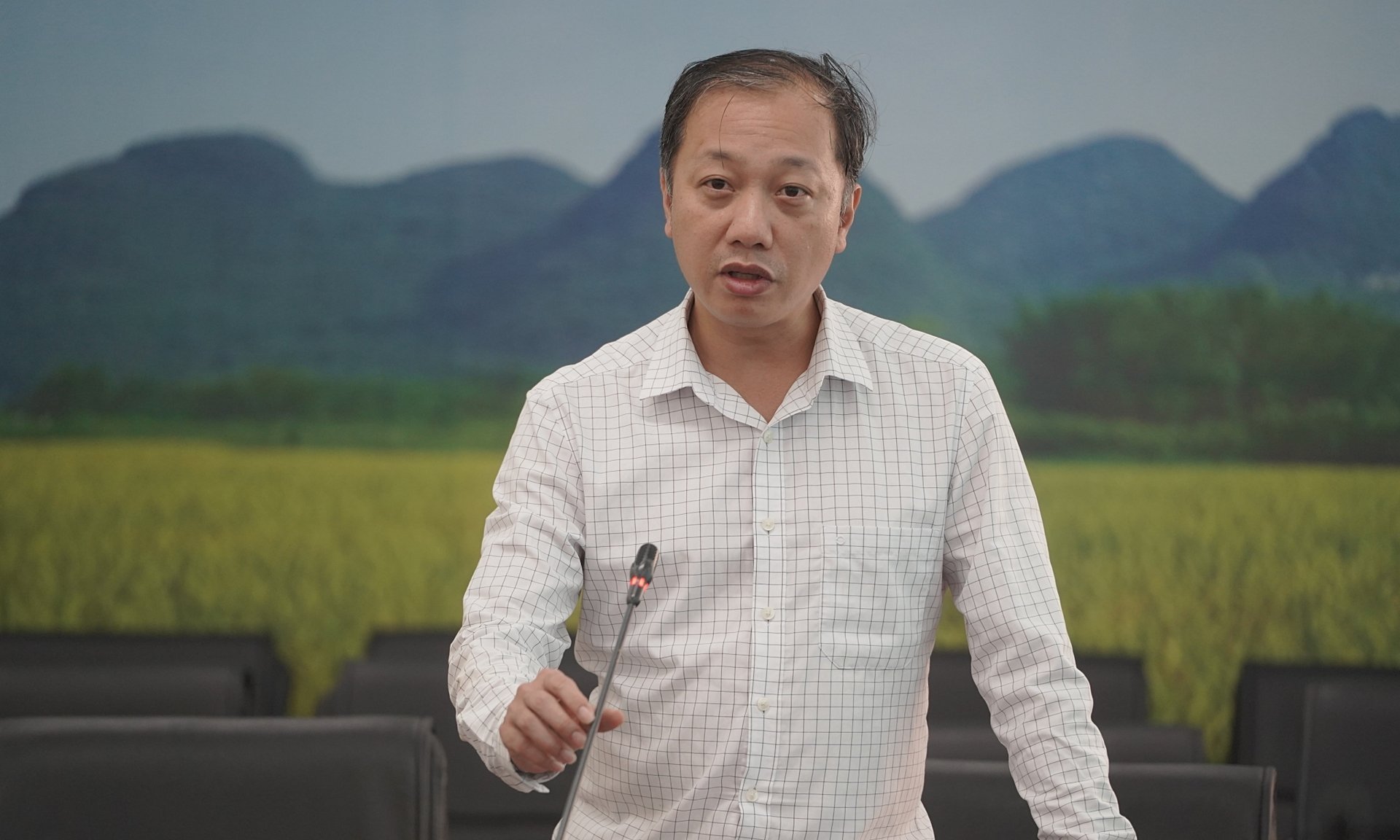
Mr. Nguyen Quang Hieu: "Post-inspection is a part of international trade". Photo: Bao Thang.
Less than three years ago, Vietnam's passion fruit and fresh chili were still struggling to cross the northern border through shipments based on temporary technical guidelines with no clear legal value. Goods could pass, but they could also be held up at any moment if the other side changed their interpretation or if violations occurred.
Now, with two official protocols signed with the General Administration of Customs of China (GACC), the Crop Production and Plant Protection Department refers to this as a “turning point", marking a shift from temporary measures to a stable five-year legal framework, complete with a post-check mechanism, a process for addressing violations, and the right to penetrate deeper into the domestic market instead of remaining limited to the border area.
At the export guidance conference on the afternoon of June 25, Nguyen Quang Hieu, Deputy Director of the Crop Production and Plant Protection Department, emphasized, “The protocol is a bilateral commitment document between two ministries, two countries. From now on, Vietnamese enterprises will no longer export blindly, but must understand the rules of the game, even after the goods have passed through customs".
According to Mr. Hieu, one of the most important aspects of the protocol is the post-check mechanism. Specifically, the Chinese side will periodically inspect the planting areas and packaging facilities that have been assigned codes. If violations are found, they will investigate the cause, require corrective action, and only when all conditions are met will the export rights be restored. This is a fundamental difference compared to previous temporary regulations, which had no clear mechanism for reinstatement after violations.
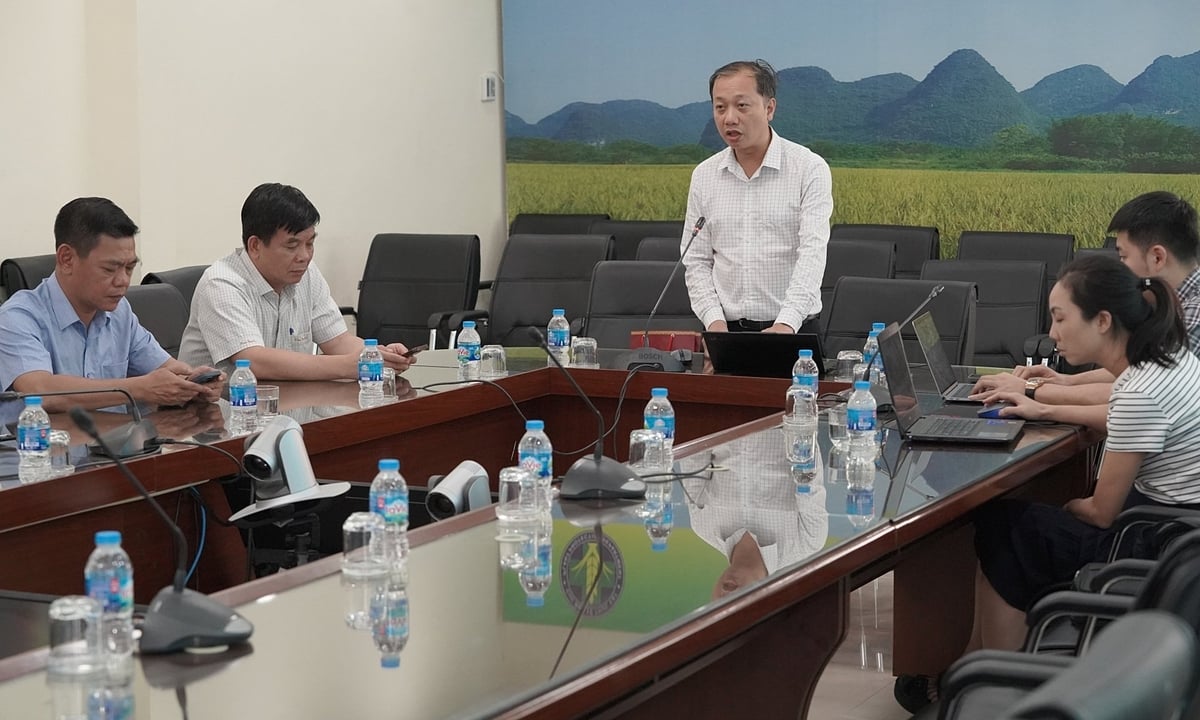
The conference took place in a vibrant atmosphere, attracting strong interest from various localities, associations, and businesses. Photo: Bao Thang.
Another positive point is that the sampling rate for inspection has been clearly set at 2% for each shipment. If Vietnam maintains good performance, this could be reduced to 1% after a few years, helping to save costs and increase supply chain efficiency. Notably, the protocol also fully opens up transportation routes. Previously, passion fruit could only go through seven border gates, but now businesses can export by sea or land, as long as it aligns with the function of each checkpoint.
The signing of this protocol also marks a significant shift in coordination mechanisms. Mr. Hieu stated that the task of managing planting area codes and packaging facility codes has now been returned to the Plant Quarantine Department after a period when it was temporarily assigned to the Food Safety Bureau (both under GACC). “This is why we are only now organizing this guidance conference, after we have officially regained this authority", he said.
At the conference, many businesses raised questions such as: When will the codes be approved? If the Chinese side conducts inspections, who will cover the resulting costs? Are GAP standards mandatory for exports? Are there any restrictions on exporting through seaports?
In response to the question about the timing of code issuance, representatives from the Department explained that the current process involves local authorities conducting on-site inspections and issuing codes, which are then compiled by the Crop Production and Plant Protection Department and submitted to the Chinese authorities for approval. However, the Chinese side does not approve them immediately; instead, they compile them every three months. Experience shows that approvals for planting area and packaging facility codes typically occur in March, June, and September. This requires enterprises and cooperatives to proactively plan to avoid delays in order fulfillment due to mismatched approval cycles.
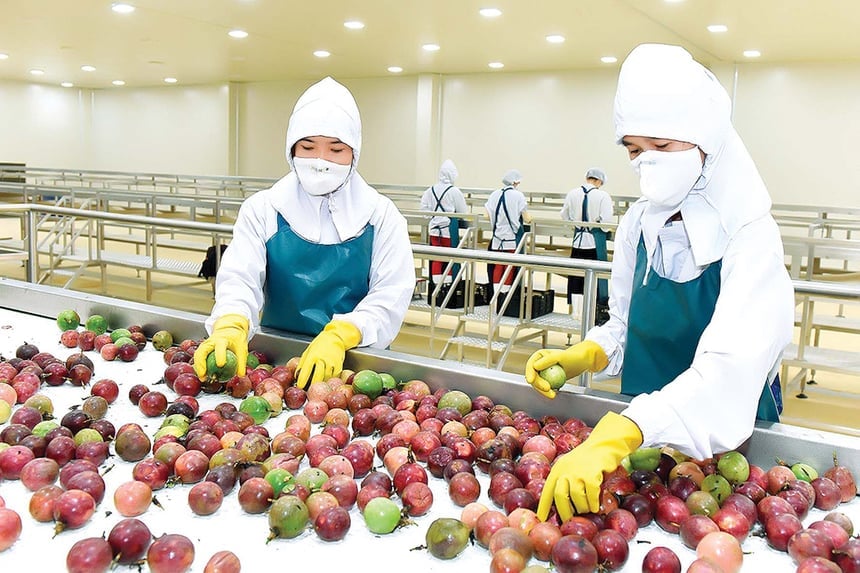
Vietnam's passion fruit products are recognized for their high quality and strong demand in the Chinese market. Photo: Bao Thang.
Regarding the cost of unexpected inspections, a significant component of post-checks, Mr. Hieu clarified, “According to international practice, the exporting country must bear the cost. If it’s part of the regular plan, the Department will request funding from the state budget. But if it’s an unscheduled inspection, we sincerely hope for cooperation from businesses and associations". This is not just a financial issue but also a matter of shared responsibility in protecting the national reputation.
A point of great interest to many businesses is the requirement for GAP standards. The Chinese side prefers that planting areas and packaging facilities meet GAP or equivalent standards. However, the Department has negotiated for flexibility, allowing exports as long as there is evidence of safe production, traceability, and compliance with environmental, food safety, and social welfare standards. What matters is transparency and the ability to prove compliance.
“No one is forcing you, but once you join the game, the rules are the rules", Mr. Hieu said. He also noted that the two protocols not only create a legal corridor but also encourage businesses and farmers to shift toward standardized, transparent, and traceable production, a long-term approach rather than scrambling with each shipment.
The Plant Production and Protection Department is committed to accompanying stakeholders throughout the implementation of the protocol, from providing information updates and training to coordinating when China conducts inspection missions. “Don’t think of post-checks as something distant. They are part of international trade, where goods not only need to cross borders but must also maintain credibility afterward", Mr. Hieu concluded.
Translated by Huong Giang

(VAN) Flooding in NE Arkansas may shift the rice outlook downward.
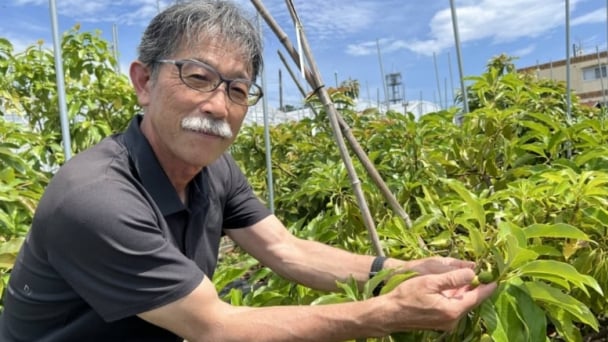
(VAN) Tsutomu Uchida, 64, wipes the sweat from his face as he walks through a farming plot filled with avocado trees in a port district of Shizuoka.
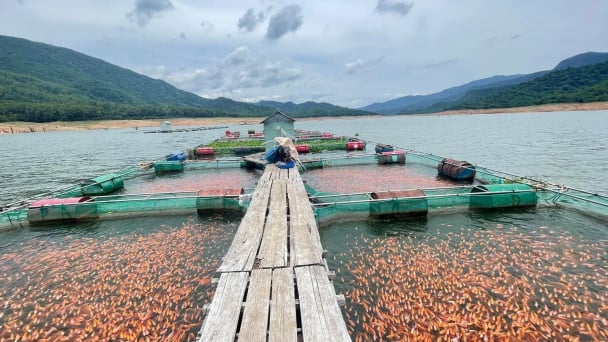
(VAN) At the request of partners, the agriculture and environment sector of Binh Dinh is determined to develop a red tilapia farming linkage chain in Dinh Binh reservoir that meets export standards.
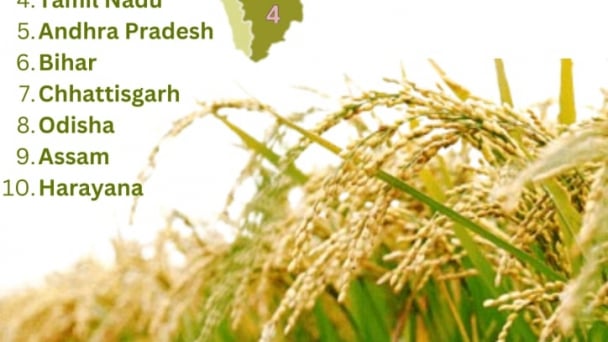
(VAN) Last week, the U.S. Department of Agriculture (USDA) released its June World Agricultural Supply and Demand Estimates (WASDE), raising projections for both Indian rice production and U.S. rice imports for the 2025/2026 marketing year.
/2025/06/17/2344-1-131758_261.jpg)
(VAN) Amid tariff risks and growing trade barriers in the U.S. market, Australia is emerging as a promising destination to sustain the growth momentum of Vietnam's shrimp exports.
/2025/06/17/2013-1-nongnghiep-112009.jpg)
(VAN) This notable growth trend reflects the global taste for fresh, nutritious fruits and the expanding use of lychees across various sectors.